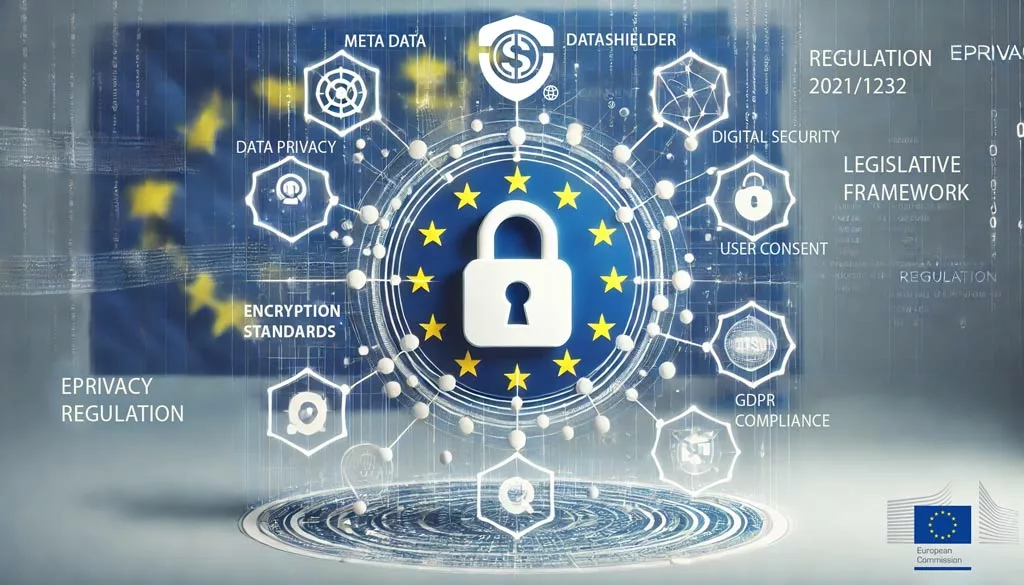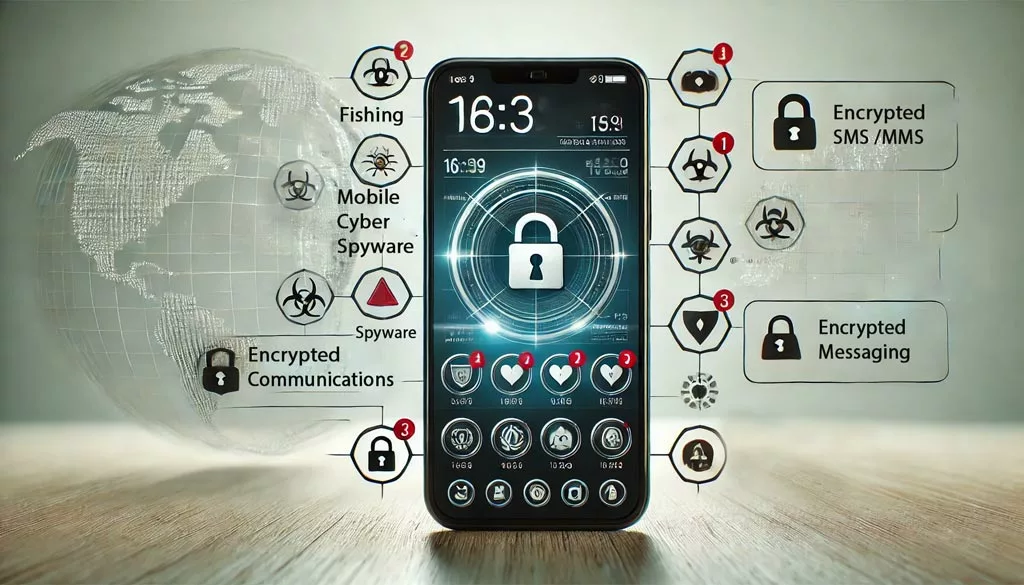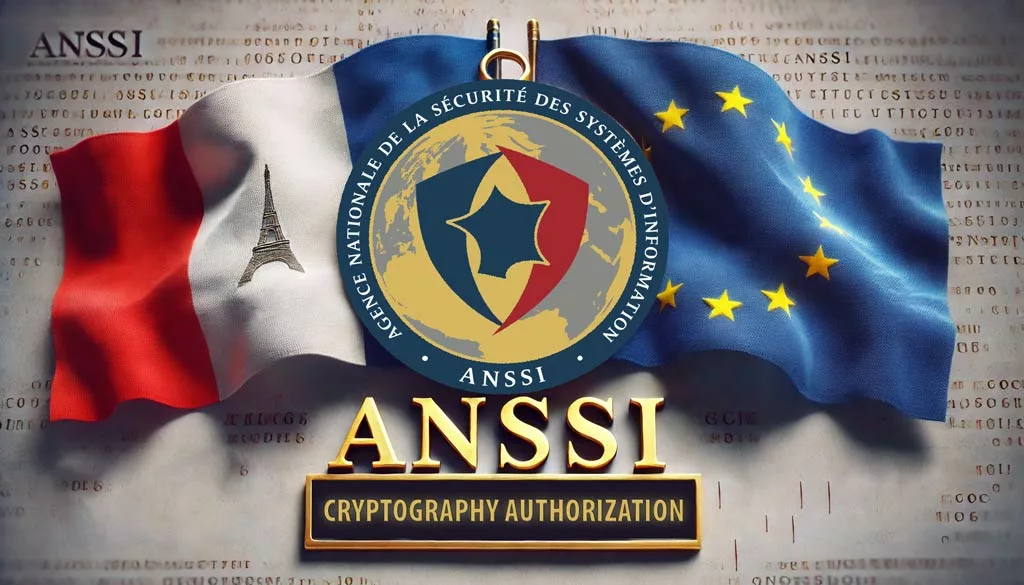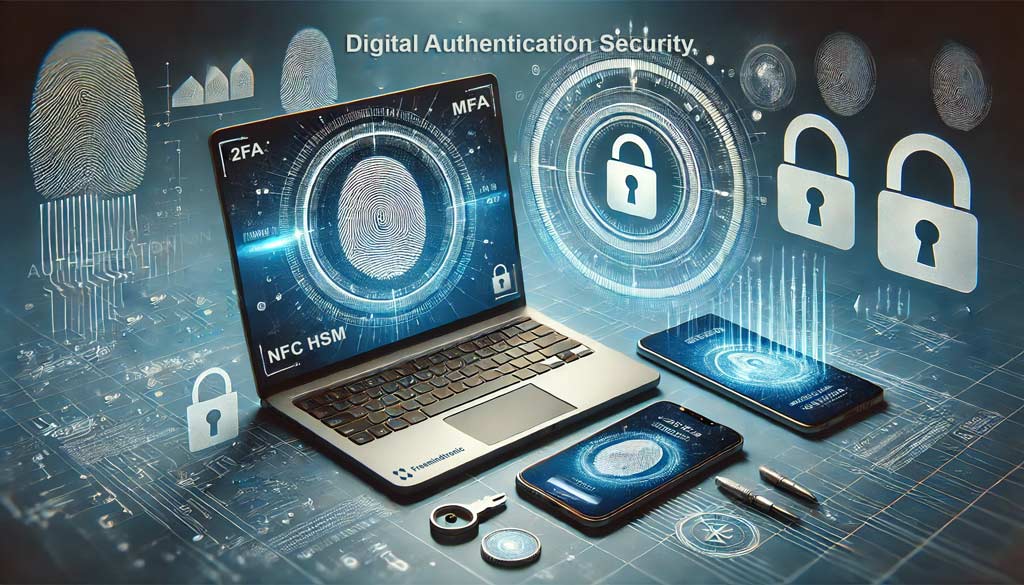Revolutionizing Messaging Privacy with the ePrivacy Regulation
The ePrivacy Regulation is reshaping how messaging apps handle your data. By 2025, it will enforce stronger encryption, limit metadata usage, and mandate explicit consent, ensuring unparalleled privacy. As global platforms adapt to these transformative rules, discover how this game-changing regulation will redefine digital communication security. Keep reading to learn what’s ahead!
ePrivacy Regulation: A Game-Changer for Messaging Privacy
The ePrivacy Regulation, expected to take effect in 2025, introduces stringent safeguards for communication data. By addressing critical concerns like metadata protection, encryption, and user consent, it complements the GDPR and sets a new standard for privacy in digital communications across the EU.
Why Messaging Privacy Needs an Overhaul
Messaging apps like Signal, WhatsApp, and Telegram face growing privacy challenges, including unencrypted cloud backups that expose sensitive data, optional multi-factor authentication (MFA) that weakens security, and centralized systems vulnerable to metadata surveillance. Additionally, U.S.-based apps fall under the CLOUD Act, granting American authorities access to user data hosted abroad. These risks highlight the urgent need for a robust, EU-specific regulatory framework like the ePrivacy Regulation.
The ePrivacy Regulation: Objectives and Scope
The ePrivacy Regulation complements the GDPR, addressing gaps specific to digital communicak.tions. Its goals include:
- Enhancing Confidentiality: Protecting the content and metadata of communications from unauthorized access.
- Expanding Coverage: Including modern services like messaging apps and IoT devices, which were previously excluded under older regulations.
- Mandating Explicit Consent: Requiring user approval for data processing, tracking, and metadata use.
The regulation creates a unified framework for safeguarding communication privacy across telecom and digital platforms, ensuring consistency in protections.
How This Threat Operates
Salt Typhoon operates with a sophisticated toolkit of methods that enable it to breach government security networks effectively. Here are some of the core techniques behind this attack:
- Advanced Phishing and Smishing: By sending deceptive links through email and SMS, Attackers use realistic, spyware-laden messages to deceive officials into clicking harmful links.
- Spyware and Malware Injection: After gaining access, The attack covertly monitors calls, messages, and even device locations, using sophisticated spyware. It even hijacks cameras and microphones to provide real-time surveillance.
- Exploitation of Zero-Day Vulnerabilities: Salt Typhoon leverages unknown system vulnerabilities to access networks secretly, making it nearly impossible for traditional security protocols to detect.
- IMSI Catchers and Network Interception: Using IMSI catchers, Salt Typhoon intercepts mobile communications, allowing attackers to eavesdrop and capture critical data.
Each of these methods showcases the advanced nature of Salt Typhoon, but why are government agencies the primary targets?
Current Status and Key Milestones
Although the ePrivacy Regulation focuses on strengthening privacy protections for digital communications, certain exceptions address urgent public safety concerns. A prominent example is the Regulation (EU) 2021/1232, which temporarily allows interpersonal communication service providers to process personal data for combating online child sexual abuse.
This regulation modifies specific provisions of Directive 2002/58/CE and demonstrates the EU’s ability to balance its dual priorities: protecting vulnerable populations while safeguarding user privacy. However, it also raises critical debates about reconciling public safety needs with the principles of confidentiality enshrined in the ePrivacy framework.
As of May 2024, the consolidated version of Regulation 2021/1232 continues to evolve. Its implementation underscores how the EU adapts its legislative framework to address emerging challenges, offering valuable insights into how privacy and security co-exist within Europe’s rapidly changing digital ecosystem.
How ePrivacy Regulation Will Impact Messaging Platforms
The ePrivacy Regulation will reshape messaging platforms by mandating advanced encryption, limiting metadata collection to essential information, and requiring transparent consent mechanisms. These changes challenge platforms to balance user privacy with operational needs. Providers must adopt privacy-by-design principles and ensure compliance through robust security practices—practical steps that are detailed later in this article.
Comparison with GDPR and Current Rules
The ePrivacy Regulation introduces additional requirements while aligning with GDPR’s principles. Below is a comparison of key aspects:
| Aspect | Current ePrivacy Directive | Proposed Regulation | GDPR |
| Scope | Telecom operators | All digital services | Personal data overall |
| Metadata Protection | Limited | Comprehensive | Contextual |
| Penalties | Variable | GDPR-aligned | Up to 4% of global revenue |
| User Consent | Often implicit | Explicit | Explicit |
This comparison highlights how the ePrivacy Regulation extends GDPR principles to cover metadata and digital services, enforcing stricter compliance and expanding its scope to emerging technologies.
Beyond Messaging: Broader Impacts of ePrivacy Regulation
The regulation’s scope extends beyond messaging services, impacting:
- Internet of Things (IoT): Communication between IoT devices must adhere to stringent encryption and privacy standards.
- Online Advertising: Tracking technologies like cookies will face stricter rules, encouraging privacy-preserving alternatives such as contextual advertising.
These broader implications reinforce the ePrivacy Regulation’s role in setting a global standard for data privacy.
Addressing SME Compliance Challenges
Small and medium enterprises (SMEs) face unique hurdles in implementing the ePrivacy Regulation, including:
- Technical Expertise: Robust encryption and privacy-by-design practices require specialized knowledge.
- Compliance Costs: Legal consultations, system upgrades, and ongoing maintenance could strain SMEs financially.
To overcome these obstacles, Freemindtronic offers regulatory compliance tools for SMEs, such as the DataShielder NFC HSM Lite, combining affordability with robust encryption to help smaller businesses achieve full compliance efficiently.
Consumer Empowerment Through Transparency
The ePrivacy Regulation empowers users by prioritizing transparency and consent. Key measures include:
- Clear Privacy Notices: Service providers must inform users about data collection, processing, and protection in plain language.
- Strengthened Consent Mechanisms: Consent must be freely given, specific, and easily revocable, enhancing user trust.
This user-centric approach aligns with the regulation’s goal of fostering digital trust.
The Intersection of ePrivacy Regulation and AI
As AI technologies integrate into messaging platforms, the regulation influences:
- AI-Powered Features: Auto-replies, translations, and other data-intensive features must comply with ePrivacy safeguards.
- Predictive Analytics: AI systems analyzing user behavior for recommendations or ads will need to align with strict privacy rules.
This intersection ensures that innovation does not compromise privacy.
National Regulators’ Role in Enforcement
National authorities like the CNIL in France and the ICO in the UK will:
- Provide Compliance Guidance: Assist businesses in navigating ePrivacy Regulation requirements.
- Ensure Enforcement: Investigate violations and impose GDPR-aligned penalties to maintain accountability.
Localized enforcement ensures consistent application across EU member states.
Global Implications of ePrivacy Regulation
The ePrivacy Regulation is expected to influence global privacy standards by:
- Setting a Global Benchmark: Multinational companies may adopt ePrivacy-compliant practices to streamline operations using advanced data protection solutions for enterprises that ensure robust communication security worldwide.
- Enhancing Competitive Advantage: Businesses prioritizing compliance can attract privacy-conscious consumers, differentiating themselves in the market. Additionally, regulatory compliance tools for SMEs empower smaller businesses to compete effectively while maintaining adherence to privacy standards.
These ripple effects highlight the regulation’s far-reaching impact.
Preparing for ePrivacy Regulation: Practical Steps for Providers and Users
Understanding how to comply with ePrivacy requires actionable strategies to meet its rigorous privacy and security standards. Messaging platforms and users must act proactively to overcome compliance challenges while building trust. To align with the regulation, here’s what they need to do:
- Implement Advanced Encryption: Use robust encryption methods, such as AES-GCM, to secure communications and protect sensitive data from unauthorized access. Strengthening encryption reduces vulnerabilities and ensures data confidentiality.
- Minimize Data Collection: Design systems with privacy as a priority by collecting only essential data needed for functionality. Limiting unnecessary data improves security and reassures users about the platform’s commitment to privacy.
- Engage Users Through Transparency: Clearly explain how data is collected, used, and safeguarded. Build on earlier transparency measures by providing straightforward and accessible information, which empowers users to make informed decisions and give explicit consent.
By adopting these measures, messaging platforms will not only meet the ePrivacy Regulation’s requirements but also gain a competitive edge. These steps help establish user trust, ensure regulatory compliance, and promote a privacy-driven approach to digital communication.
Practical Solutions for ePrivacy Compliance
To meet the stringent demands of the ePrivacy Regulation and GDPR, Freemindtronic’s DataShielder HSM ecosystem provides versatile encryption solutions tailored for diverse communication formats, including highly sensitive channels like email and webmail. These solutions also act as data protection solutions for enterprises, seamlessly integrating into large-scale communication systems to meet complex security requirements. These tools ensure robust security and full compliance with stringent EU standards. Freemindtronic’s solutions also serve as data protection solutions for enterprises, ensuring seamless integration into large-scale communication systems while adhering to strict privacy requirements.
DataShielder NFC HSM: Comprehensive Encryption Solutions
The DataShielder NFC HSM lineup delivers cutting-edge encryption for various communication channels, including SMS, RCS, MMS, email, webmail, and instant messaging platforms. By operating offline and employing hardware-based key management, these devices eliminate vulnerabilities such as centralized infrastructure and metadata exposure.
- DataShielder NFC HSM Lite: A lightweight solution for individuals and small businesses, supporting up to five encryption keys to secure multiple messaging formats.
- DataShielder NFC HSM Master: esigned for advanced use cases, this device supports larger encryption ecosystems, enabling seamless management of multiple security protocols.
- DataShielder NFC HSM Auth: Focused on authentication needs, it combines strong access control with robust encryption.
- DataShielder NFC HSM M-Auth: This NFC-enabled, mobile-friendly module provides secure encryption capabilities for users requiring flexibility on the go.
- DataShielder NFC HSM Starter Kit: A comprehensive package to help businesses rapidly deploy secure communication systems.
- DataShielder PGP HSM Encryption: Tailored for secure email, webmail, and file-sharing, this tool employs industry-standard PGP encryption, ensuring compliance with GDPR and ePrivacy requirements. Ideal for organizations managing highly confidential data..
Securing Digital and Physical Communication
Freemindtronic’s ecosystem extends beyond digital messaging to include innovative solutions for physical communication. For example, the DataShielder NFC HSM Lite can encrypt physical mail through QR codes, ensuring even traditional correspondence meets modern privacy standards. By bridging the gap between digital and physical communication, this unique feature reinforces privacy protections.
Why DataShielder Ecosystem Aligns with ePrivacy Regulation
Freemindtronic’s DataShielder ecosystem directly addresses the key challenges posed by the ePrivacy Regulation, offering:
- Advanced Encryption Standards: Devices like the DataShielder NFC HSM M-Auth and HSM PGP employ robust AES-256 encryption, aligning with the regulation’s stringent security requirements.
- Minimized Metadata Exposure: Operating offline and offering user-controlled encryption, the ecosystem protects against unauthorized tracking and access.
- User Empowerment: Tools such as the DataShielder NFC HSM Auth provide intuitive NFC-based encryption and key management, enabling users to take full control of their data.
By addressing the needs of both large organizations and smaller businesses, these devices serve as data protection solutions for enterprises and regulatory compliance tools for SMEs, setting a new benchmark in secure communication systems.
Building a Privacy-First Future
The ePrivacy Regulation sets a new standard for privacy in digital communications, compelling platforms to innovate while prioritizing user trust. By securing EU citizens and influencing global privacy practices, these measures foster transparency and accountability. Freemindtronic’s DataShielder ecosystem exemplifies how cutting-edge solutions can align with these goals, offering a privacy-first approach that ensures compliance and builds trust in a connected world.









